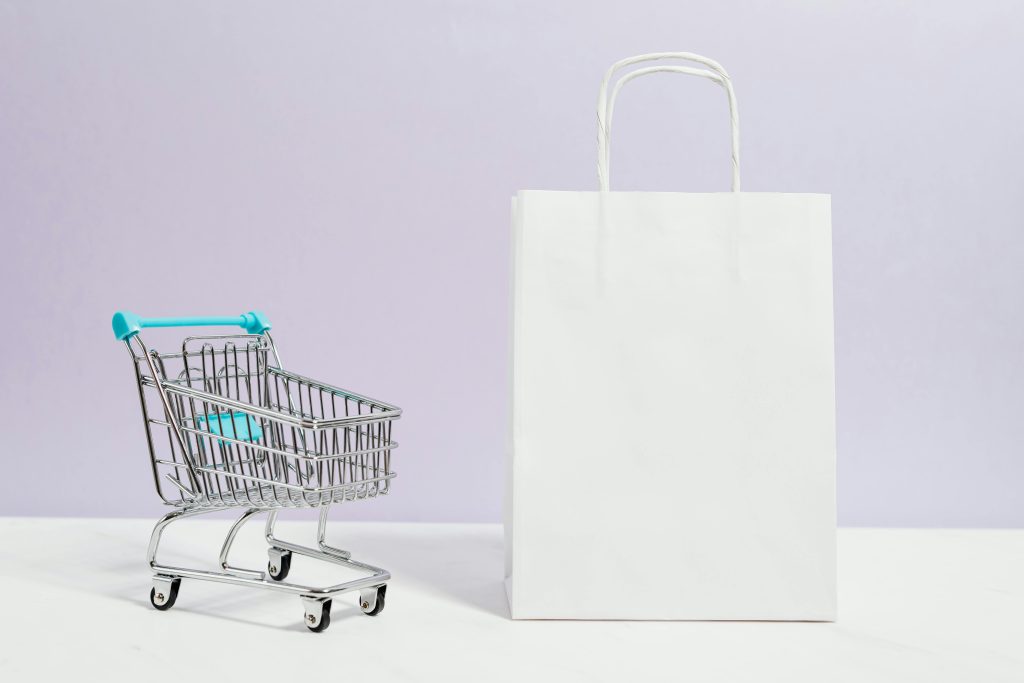Australia’s consumer landscape is rapidly changing. From the way people shop and interact with brands to the values they prioritize, understanding these shifts is essential for businesses aiming to thrive in 2025 and beyond.

In this blog, we’ll take a deep dive into the most prominent consumer behavior trends currently shaping the Australian market—and what they mean for businesses. Whether you’re a startup or an established brand, these insights will help you stay ahead of the curve.
1. The Green Consumer: Sustainability as a Core Expectation
In recent years, environmental consciousness has shifted from a niche concern to a mainstream expectation in Australia. A growing number of consumers—especially Gen Z and millennials—are making purchasing decisions based on a brand’s sustainability efforts.
Key Data:
- According to a 2024 study by Roy Morgan, 68% of Australians consider environmental sustainability important when choosing a brand.
- 45% actively avoid companies perceived to be environmentally irresponsible.
What This Means for Businesses:
Businesses must go beyond greenwashing. Sustainable practices need to be embedded into operations—from sourcing to packaging and distribution. Highlighting certifications, reducing plastic use, and transparently reporting environmental efforts can build trust and long-term customer loyalty.
2. Digital-First Mindset: E-Commerce and Mobile Shopping Dominate
The pandemic permanently changed how Australians shop. While physical retail has rebounded, digital channels continue to dominate, with consumers embracing convenience, personalization, and 24/7 accessibility.

Key Trends:
- Mobile shopping has surpassed desktop usage, especially among younger demographics.
- Features like same-day delivery, real-time tracking, and mobile wallets are now expected.
- Social commerce (shopping directly through platforms like Instagram and TikTok) is gaining traction.
What This Means for Businesses:
If your online presence isn’t mobile-optimized, you’re already behind. Invest in responsive web design, fast loading speeds, and intuitive interfaces. Incorporate social proof (like reviews and user-generated content) and leverage platforms where your audience spends their time. Seamless checkouts and diversified payment options (e.g., Afterpay, Zip Pay) are now essential.
3. The Rise of Localism: Support for Australian-Made Products
The “shop local” movement has gained significant momentum. Economic uncertainty and global supply chain disruptions have pushed Australians to value local products and businesses more than ever before.

What’s Driving It?
- National pride and the desire to support Australian jobs.
- Perceived higher quality and safety of local goods.
- Environmental benefits of reduced shipping distances.
What This Means for Businesses:
If your business is Australian-owned or your products are made locally, now is the time to showcase it. Use labels like “Made in Australia,” highlight your local sourcing story, and collaborate with local suppliers or creators. Consumers are increasingly choosing to invest in brands that reflect their national values.
4. Hybrid Shopping Experiences: The Blending of Physical and Digital Retail
While online shopping has surged, Australians haven’t abandoned physical stores—they’ve just raised their expectations. Shoppers now want the flexibility to switch between online and offline, depending on what’s most convenient at the time.

Popular Hybrid Features:
- Click-and-Collect: Buy online, pick up in-store.
- Virtual Try-On: Try before you buy via augmented reality.
- In-Store Technology: Interactive kiosks, QR codes, and contactless checkout.
What This Means for Businesses:
Your physical and digital experiences should complement each other. Ensure pricing, promotions, and branding are consistent across channels. Offer flexible delivery and return options, and create in-store experiences that are engaging and tech-friendly. Think of your store as not just a place to buy, but a space to experience your brand.
5. Ethical and Value-Driven Consumption
Price is no longer the only deciding factor for many Australian consumers. People are increasingly willing to pay more for brands that reflect their personal values—whether it’s social justice, inclusivity, animal welfare, or mental health advocacy.
Key Insights:
- 73% of Australians say they are more likely to support brands that align with their values.
- Gen Z consumers, in particular, view purchasing as a form of activism.
What This Means for Businesses:
Your values matter. Brands need to take a stand—authentically. Whether it’s fair trade practices, diversity in hiring, or supporting community causes, your actions should match your messaging. Use your platforms to share your mission, celebrate your people, and highlight how your brand is contributing to the greater good.
6. Personalization and the Demand for Tailored Experiences
Australian consumers are seeking more than just transactions—they want meaningful, personalized interactions with the brands they engage with. Whether it’s product recommendations, content, or customer service, personalization can significantly boost engagement and loyalty.

What This Means for Businesses:
Leverage data responsibly to deliver experiences tailored to individual preferences. Use AI tools to recommend products, send targeted email campaigns, or provide customized content based on browsing history. But be transparent about data usage—privacy is still a major concern, and trust is key.
Conclusion: Adapting to the Modern Australian Consumer
The Australian market is becoming more dynamic, values-driven, and digitally integrated. Today’s consumers want:

- Brands that are sustainable and ethical.
- Seamless and flexible digital shopping experiences.
- Authentic connections and shared values.
- Local products and community support.
To stay competitive, businesses must adapt—not just to survive, but to lead.
Whether you’re launching a new product, updating your marketing strategy, or considering a website redesign, keep these consumer behaviors in mind. The brands that listen, evolve, and lead with purpose will be the ones that thrive in the new age of Australian commerce.
